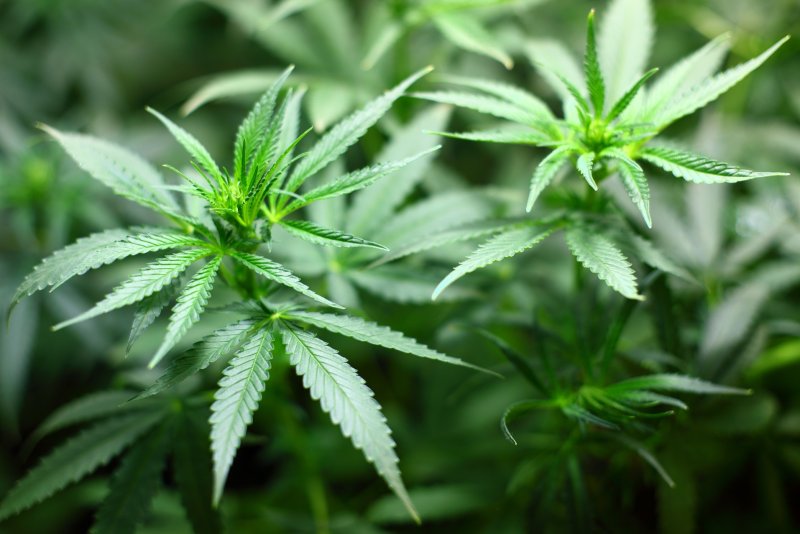More than 60 percent of people who use medical marijuana are doing so to relieve chronic pain. Photo by 7raysmarketing/Pixabay
Feb. 5 (UPI) -- The acceptance of marijuana use to alleviate pain from illness continues to spread from state to state, a new study says.
More than 60 percent of people who use medical marijuana want to relieve chronic pain, according to a study published February in Health Affairs.
"We did this study because we wanted to understand the reasons why people are using cannabis medically and whether those reasons for use are evidence-based," Kevin Boehnke, a research investigator in the department of anesthesiology and the Chronic Pain and Fatigue Research Center, said in a news release.
The study included data on medical cannabis license holders in 20 states. More than 60 percent of them said they were seeking relief for "an evidence-based condition" chronic condition. Those include chronic pain, nausea and vomiting brought on by chemotherapy.
"This finding is consistent with the prevalence of chronic pain, which affects an estimated 100 million Americans," Boehnke said.
Overall, 33 states and the District of Columbia allow the use of medical cannabis and 10 states have legalized the recreational use of marijuana.
Much of the opposition to marijuana surrounds its intoxicating, addicting and impairing effects. Past studies have noted that those qualities are associated with a substance contained in cannabis called tetrahydrocannabinol, or THC.
Medical experts say THC can be separated from cannabis, as can Cannabidiol, or CBD. Health professionals, however, warn that CBD should not be considered as a first option for treatment.
"CBD is incredibly accessible, as it is available online from a variety of vendors. However, the quality control for safety (for example, whether there are residual solvents, pesticides, etc.) and potency is widely variable," Boehnke said. "That may change as more clinical trials are conducted, but at this point in time we don't understand which cannabinoids and administration routes are best for which types of pain."















